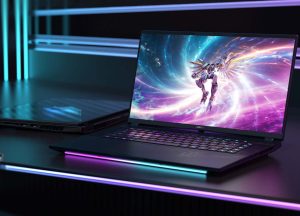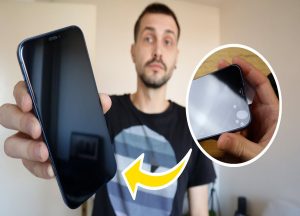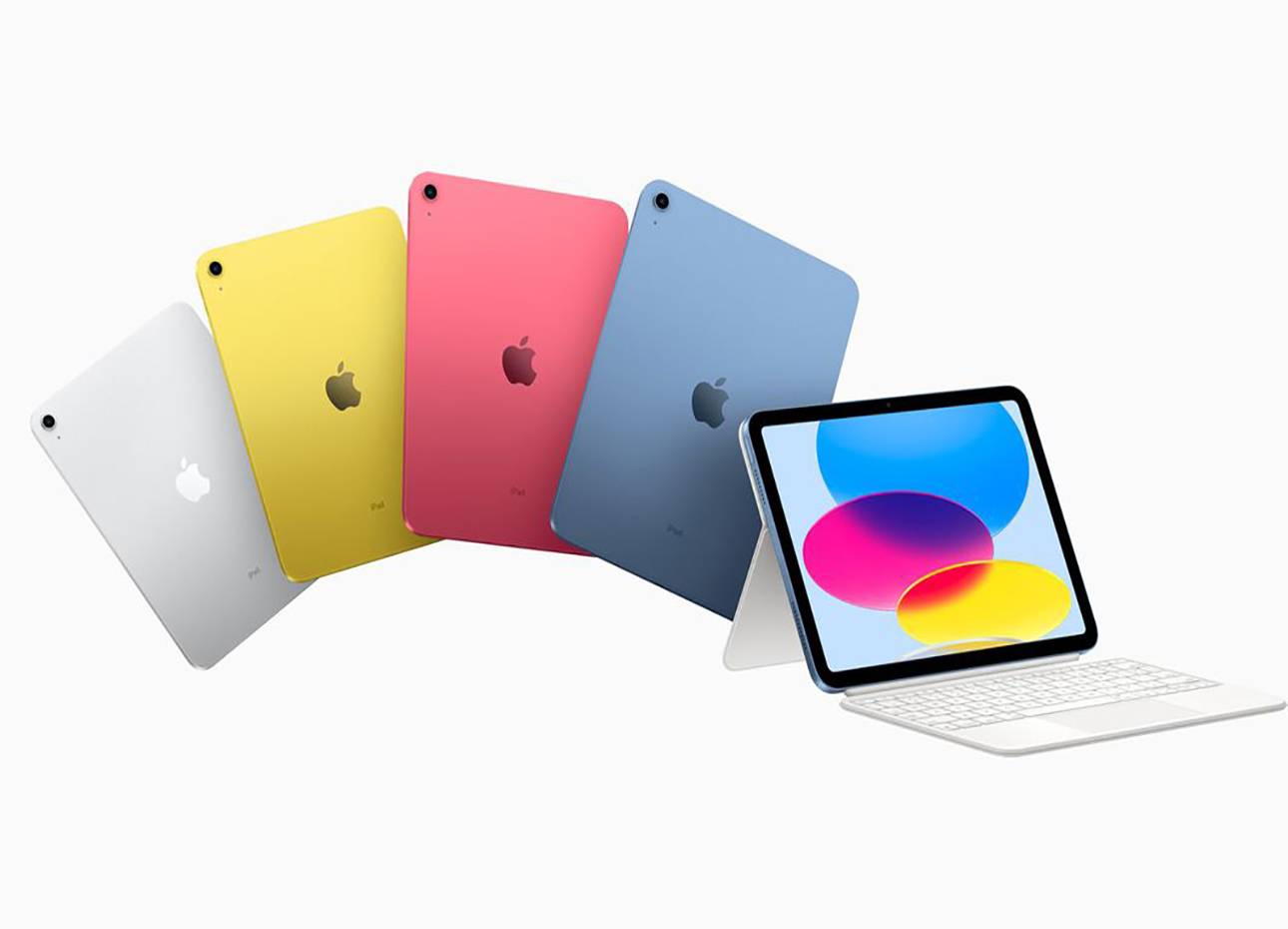
The iPad I Recommend to Everyone (And Which Ones You Should Avoid)
Fifteen years ago, when Steve Jobs first unveiled the iPad, I remember sitting on the carpeted floor of my college dorm with my jaw slightly ajar. It looked like magic—a large screen that wasn’t a laptop, wasn’t a phone, but something entirely new. That moment started my long, often frustrating, but always fascinating relationship with the iPad. I’ve owned nearly every generation, used them to write novels, edit photos, attend virtual meetings, entertain my kids, and—most often—watch Netflix in bed. So if you’re staring at Apple’s increasingly crowded product lineup and wondering, “Which iPad is actually worth buying?” you’ve come to the right place.
Because, while the iPad remains the best tablet out there, choosing which iPad to buy in 2025 isn’t as simple as it once was. The line is blurrier than ever: Airs now look like Pros, the base model got a serious glow-up, and accessories like the Magic Keyboard and Apple Pencil Pro are redefining how people use these devices.
Let’s cut through the confusion and figure this out together.
Are You a “Big iPhone” User or a “Touchscreen Mac” User?
There are really two types of iPad users in the world.
The first kind—the majority, frankly—uses the iPad like a blown-up iPhone. You want it for reading, streaming, browsing, a bit of email, and maybe the occasional game of Sudoku or light note-taking with a stylus. For this group, what matters most is simplicity, battery life, screen size, and price.
Then there’s the second kind—people who dream of replacing their laptop with an iPad. You want to do real creative work: video editing in Final Cut, music mixing in GarageBand, maybe even coding or complex presentations. You care about power, accessory support, and future-proofing.
Here’s the hard truth: Most people think they’re in group two. Most are wrong. And that’s fine.
But knowing which camp you truly belong in is the first—and most important—step in buying the right iPad.
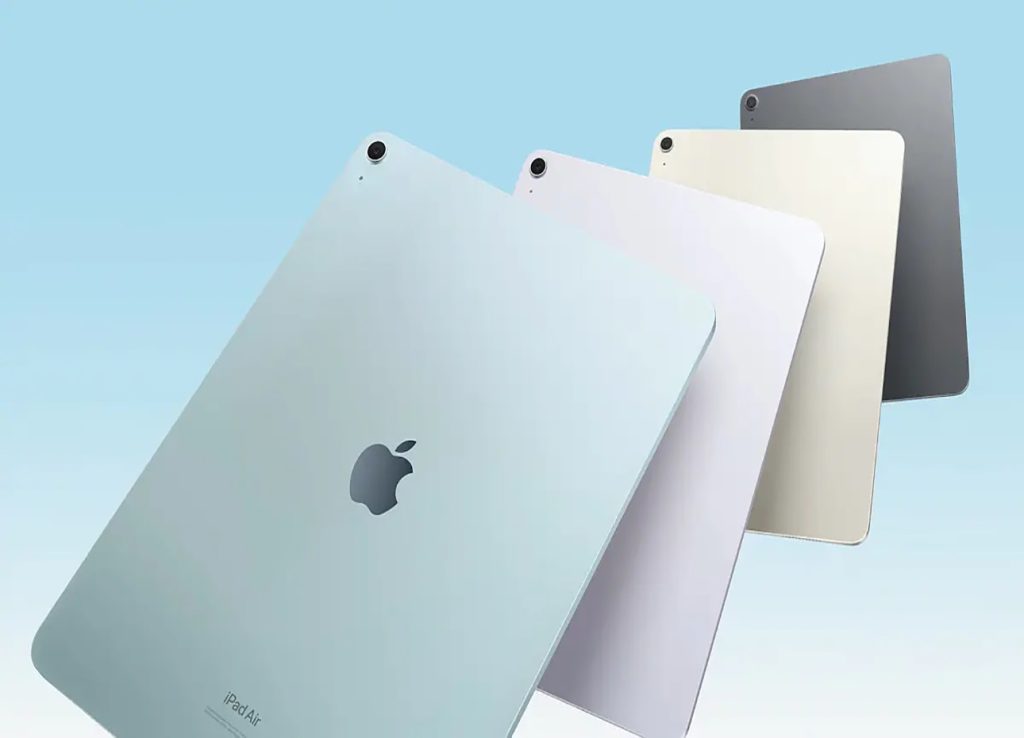
If You Just Want a Great iPad for Everyday Use…
Get the 11th-gen iPad (2024).
This is the iPad I recommend to my friends, my mom, and my barista when they ask me what to buy. Why? It’s Apple’s most affordable model, starting at \$349—but it doesn’t feel cheap. In fact, it hits a lot of sweet spots.
It now comes with a bigger 11-inch screen, has a center-mounted front-facing camera (which is finally in landscape mode, where it should be), and is powered by the A16 chip, which is still plenty fast. You get USB-C for charging and accessories, 128GB of storage standard (thank God we’re finally past 64GB), and a lightweight build that’s perfect for carrying around the house or on a plane.
Will it blow your socks off with power? No. Does it need to? Also no.
It’s not compatible with Apple Pencil Pro or the new Magic Keyboard, and that’s okay. Most people won’t need those. If you’re using your iPad for media, email, light productivity, and maybe a Zoom call here and there, this iPad is the best value in the lineup—hands down.
I’ve given this model to relatives who’ve never owned an Apple device before and to seasoned techies who just want something lightweight for travel. Every time, I get a text a few weeks later: “I love this thing.”
If You Want Something That’ll Last a Long Time…
Get the M3 iPad Air (2024).
This is the iPad I use most often these days. Not because it’s the most powerful (it isn’t), but because it strikes the right balance between power, portability, and price.
The M3 chip is an incremental improvement over the M2, but don’t let that fool you—this is a seriously capable machine. I’ve used it to edit short videos, design slide decks, manage my blog, and even write articles like this one with the Magic Keyboard attached.
The Air now comes in two sizes—11 inches and a spacious 13 inches—but I recommend sticking to the 11-inch model unless you’re truly craving that laptop-like screen real estate. The 13-inch Air starts to feel like a MacBook Pro without macOS, and that’s a weird spot to be in for most folks.
What makes the Air worth its higher price tag (\$599, or around \$499 on sale) is that it supports the full range of Apple’s premium accessories: the new Magic Keyboard with a function row and the Apple Pencil Pro. It also has a slightly better display with anti-reflective coating and full lamination, meaning less glare and more color accuracy.
It’s light, it’s future-proof, and if you’re looking to hold onto your iPad for the next five years (which you should), this is where I’d put my money.
If You Want the Best iPad, Period…
You’re going to want the iPad Pro with M4.
This tablet is an absolute monster. It’s what I use when I want no compromises. The new tandem OLED screen is absurdly gorgeous—deep blacks, blinding whites, and colors that punch you in the face (in a good way). It’s impossibly thin, yet somehow packs Apple’s brand-new M4 chip, which is far more powerful than most people need.
But that’s the point—this iPad is not about need. It’s about want.
It starts at \$999 and easily climbs past \$2,000 with accessories and storage upgrades. And yes, at that point, you’re in MacBook Pro territory. That’s not a knock on the iPad Pro—it just means you really need to be honest with yourself: Are you actually going to use this to its fullest?
If you are—maybe you’re an artist, developer, musician, or digital nomad—then it’s a dream. I’ve taken mine to coffee shops, edited 4K drone footage on it, and even run remote desktop apps to manage servers. When paired with the Magic Keyboard and Pencil Pro, it turns into a workstation like nothing else on the market.
But if you’re using it to browse TikTok and watch HBO… save your money. Seriously.
A Quick Word on the iPad Mini
I’ve always had a soft spot for the Mini. The latest 2024 model doesn’t make huge leaps—still an A17 Pro chip, same 8.3-inch display, and that awkwardly placed camera—but it’s the best option if you want an ultra-portable tablet.
I use mine for reading in bed and playing games on airplanes. It’s the perfect one-handed device. If that speaks to you, it’s worth the \$399 price tag. If not, skip it.
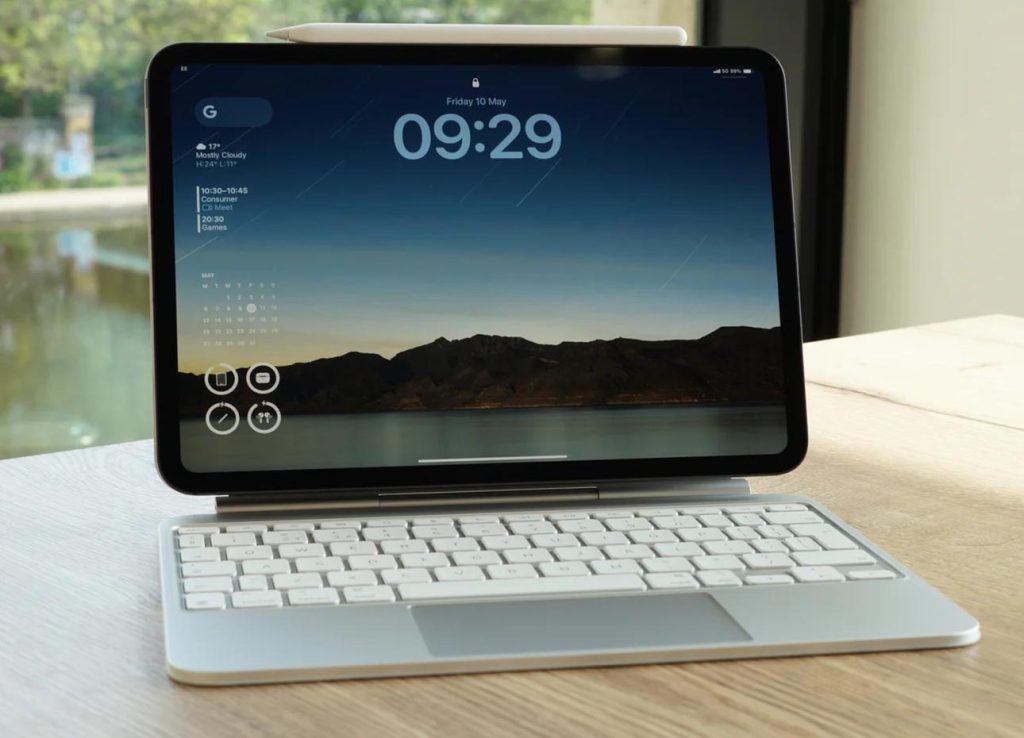
Important Things to Consider Before Buying
Let’s talk about the hidden costs and smart upgrades:
1. Storage:
Start at 128GB minimum, but go for 256GB if you can afford it. iPadOS doesn’t handle external storage as smoothly as a desktop OS, and you’d be surprised how quickly photos, apps, and media pile up.
2. Cellular:
If you’re always on the move or want to use your iPad as a backup hotspot, cellular is a fantastic luxury. But don’t forget: it adds a monthly fee. In the U.S., compare plans at websites like WhistleOut, Tello, Visible, and US Mobile for great prepaid data options.
3. Keyboard:
The Magic Keyboard is expensive but transformative. It turns your iPad into a credible laptop replacement. If you type a lot, it’s a must. If not, consider cheaper options from Logitech.
4. Pencil:
Only buy the Apple Pencil (USB-C or Pro) if you plan to draw, annotate PDFs, or handwrite notes frequently. Otherwise, skip it—it’ll collect dust in a drawer.
5. Engraving:
Don’t do it. Seriously. It ruins resale value and makes returns annoying.
Buy Once, Cry Once
The best iPad isn’t necessarily the newest or the most expensive. It’s the one that fits your life—not just today, but for the next few years. My best advice? Buy the best iPad you can afford, add the accessories you’ll actually use, and hold onto it for as long as you can.
iPads age well. They get updates for 5+ years, they retain value better than most Android tablets, and they remain fast even after several iOS versions. You don’t need to upgrade annually—Apple’s making these things to last.
Whether you’re grabbing a base model to stream movies on the couch or investing in a top-end Pro to build your next startup, there’s an iPad out there for you.
And once you find it? You’ll probably wonder how you ever lived without it.
